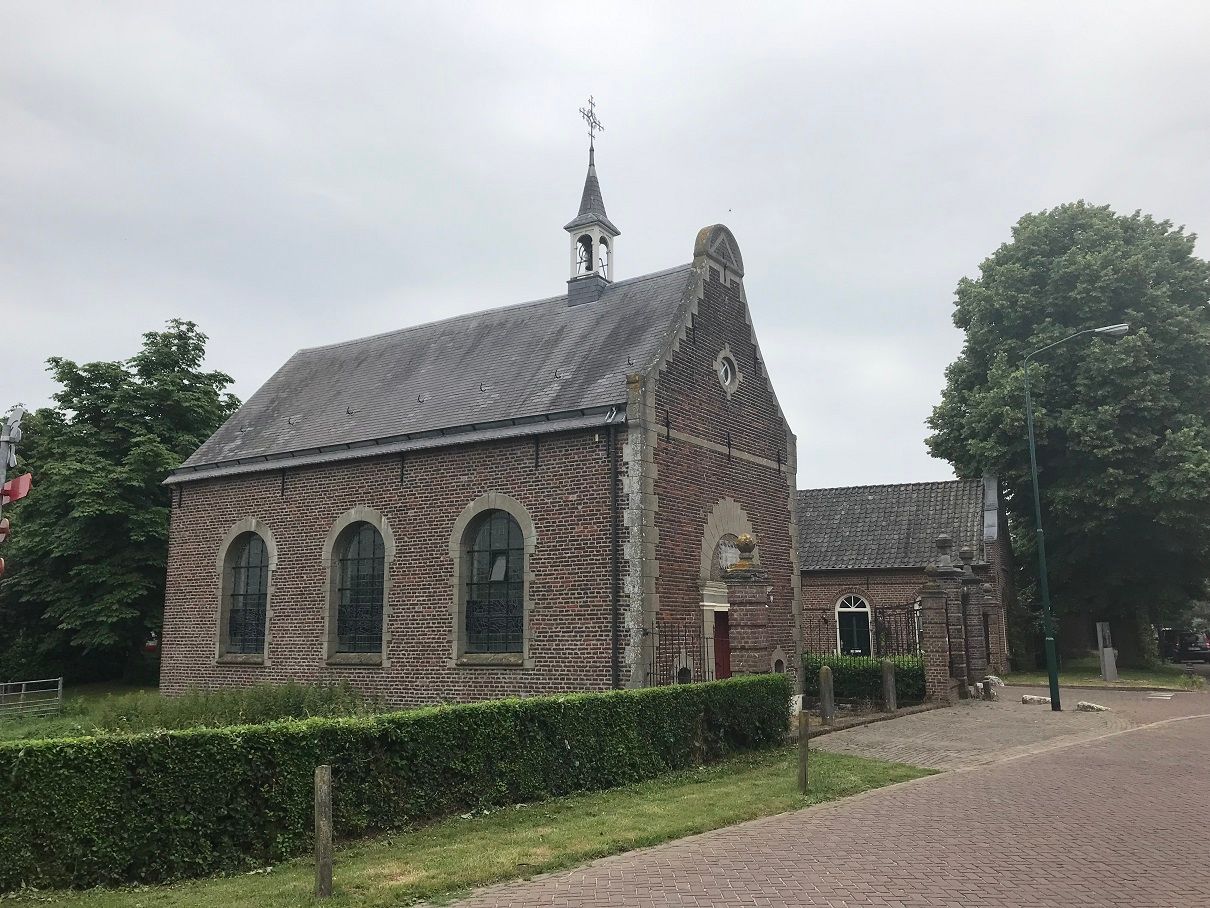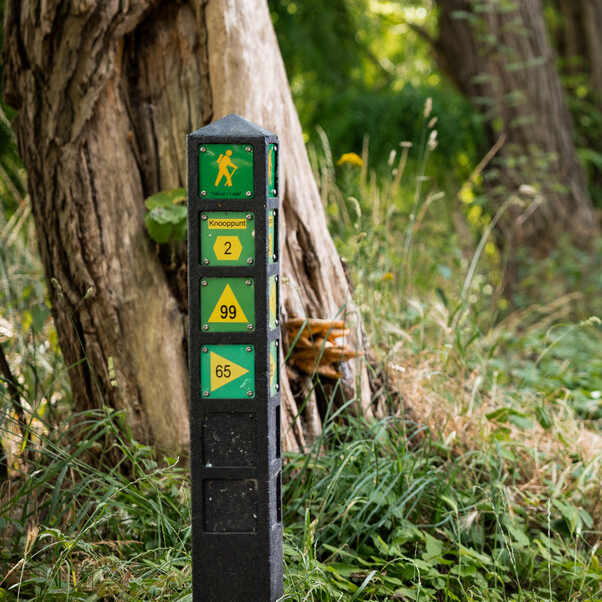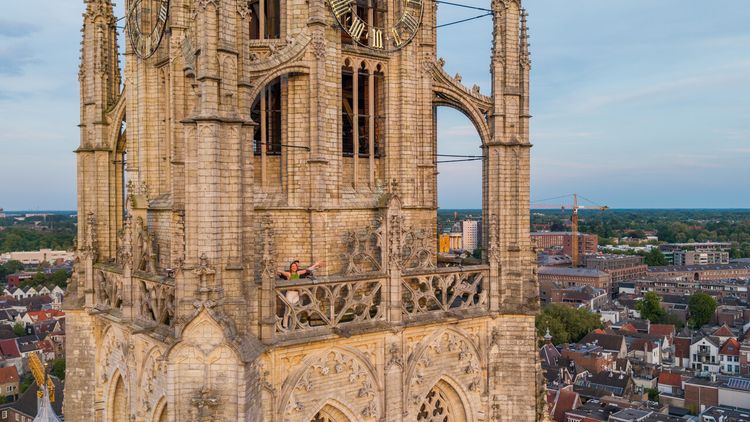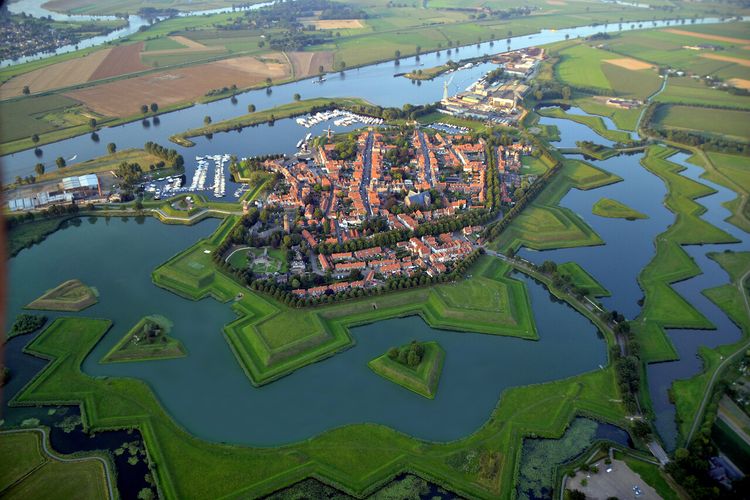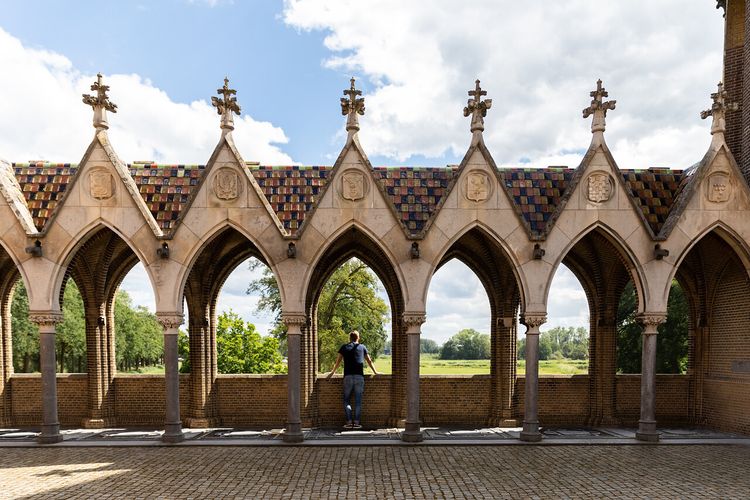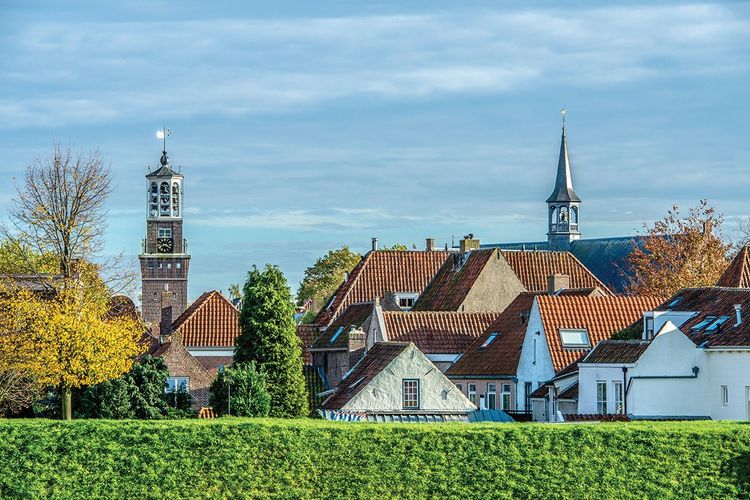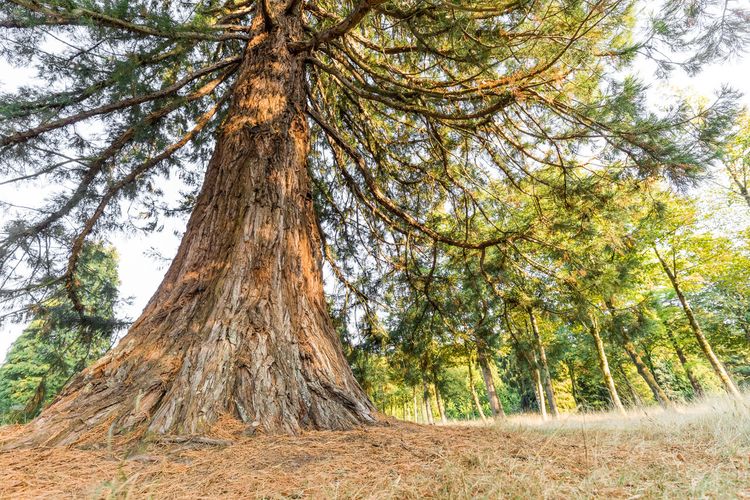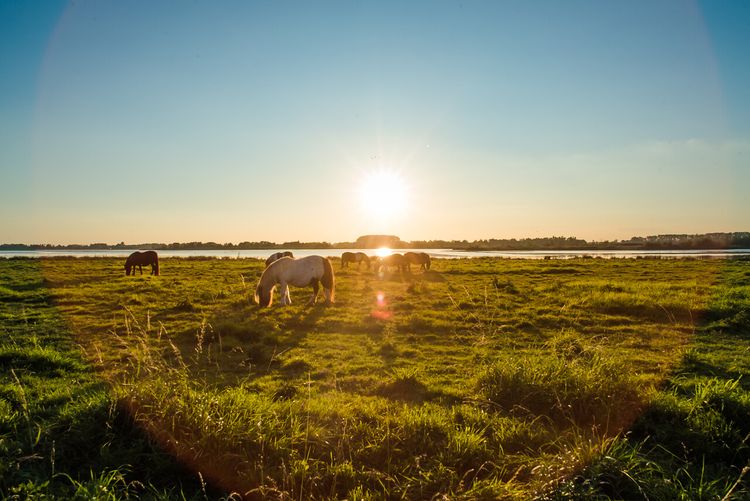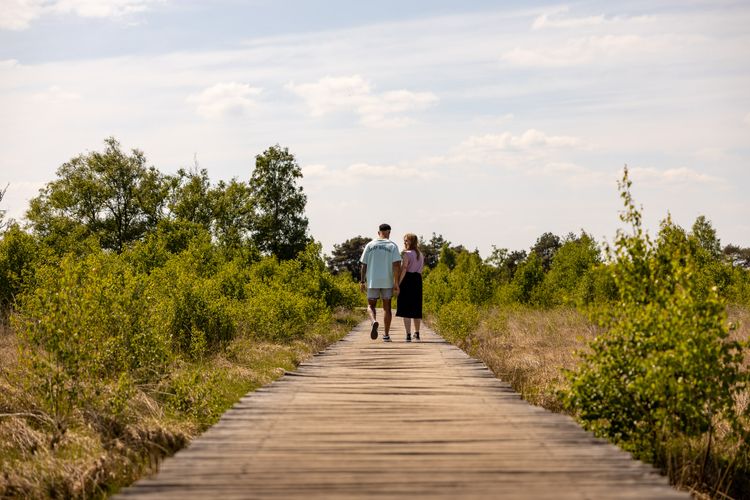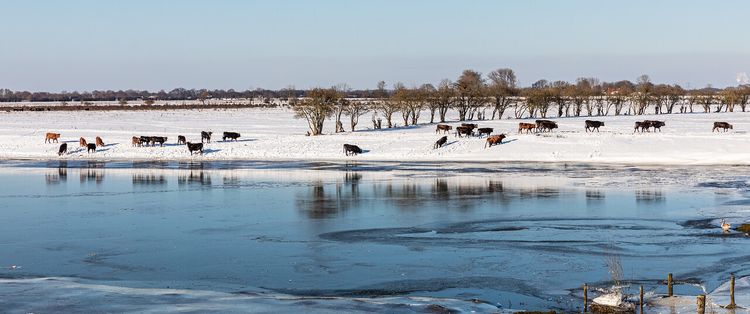Our Monastery Trail: circular tour Boxmeer
The circular walk of 4.1 km takes you past places that tell the story of monastery life in Boxmeer, and past the beautiful embankments of the river Maas. The walk will lead you through the village where Tinus Brandsma started his Carmel life.
Starting point: from your location
Show all 4 photos
The circular walk of 4.1 km takes you past places that tell the story of monastery life in Boxmeer, and past the beautiful embankments of the river Maas. The walk will lead you through the village where Tinus Brandsma started his Carmel life.
Experience monastic life
Monastic life has brought much to Brabant. Get to know the stories of local monastic life while walking. Our Monastery Trail takes you past fifty historic monasteries and abbeys in fifteen stages. There are also beautiful shorter walks around various monasteries and convents. Each circular walk is described on a separate route map.
Finding the way with numbered junctions
This walking route has been set out using the numbered junction network in Brabant. Simply follow the route via the signposted junctions, from one number to the next. There are also signposts between the junctions to help you find your way.
-
Hotline routes
Hotline routesIf there is something wrong on the route, report it here.
Sights on this route
Carmelite Monastery Boxmeer
It is thanks to Count Albert of Bergh and Countess Madeleine of Cusance that there is a Carmelite monastery here.
Starting point:
Steenstraat 395831 JA Boxmeer
Navigate to starting point
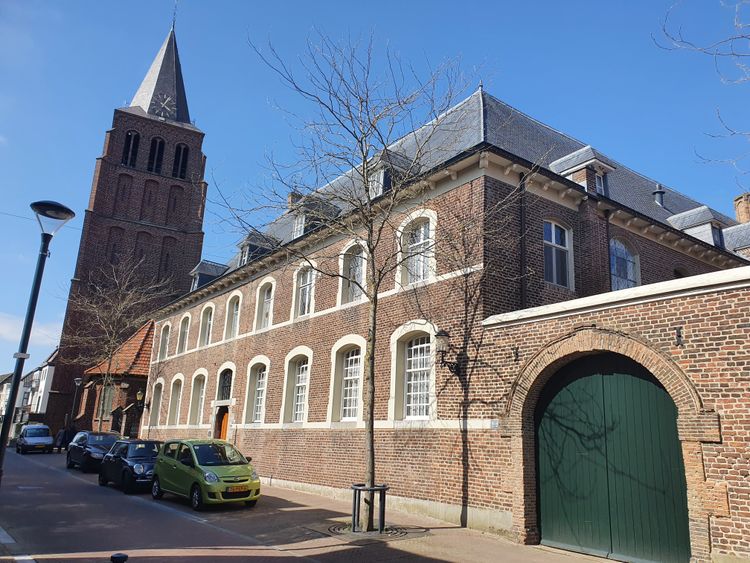
Saint Peter's Basilica
Saint Peter Basilica was built after the Second World War, after the previous church was completely destroyed in 1944.
Starting point:
Steenstraat 415831 JA Boxmeer
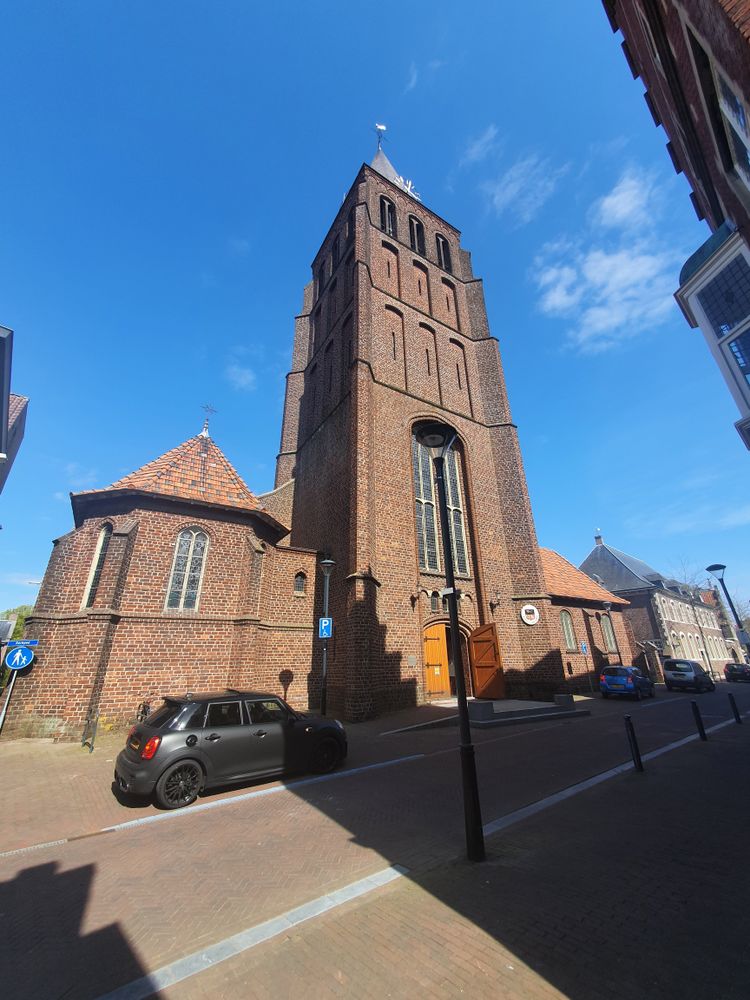
Titus Brandsma Memorial
Diagonally opposite the basilica you will find Burgemeester Verkuijlstraat with a memorial to one of the most famous Dutch Carmelites: Titus Brandsma.
Starting point:
Boxmeer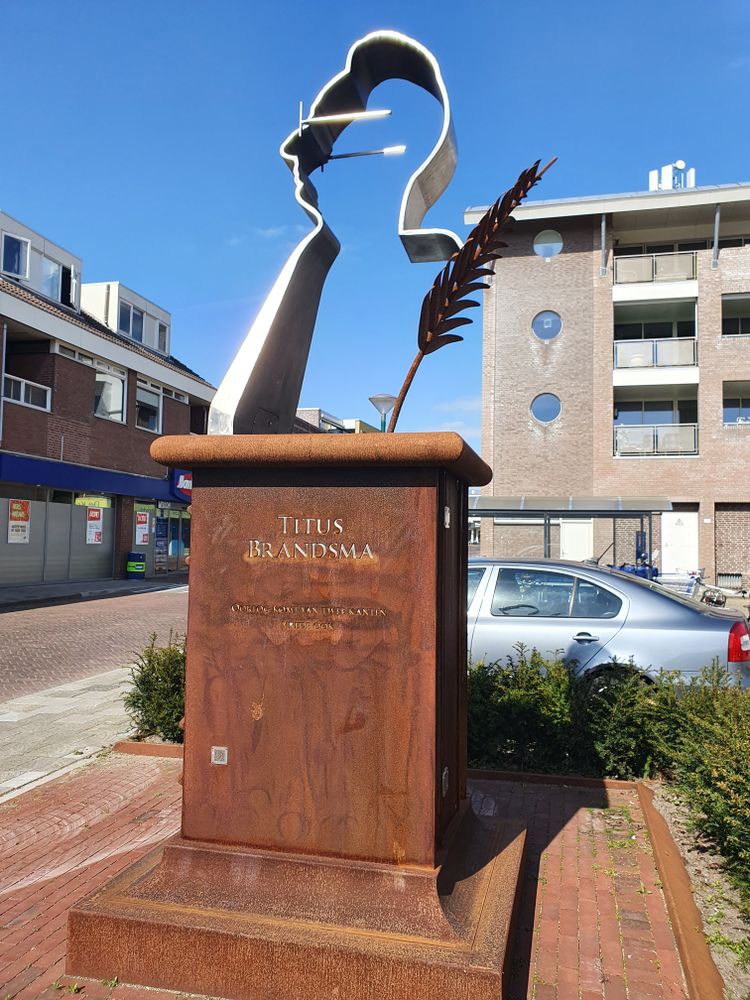
Former monastery De Weijer and Weijerpark
House De Weijer had a religious function from as early as the fifteenth century, being the house where the local vicar lived.
Starting point:
De Raetsingel 15831 KC Boxmeer
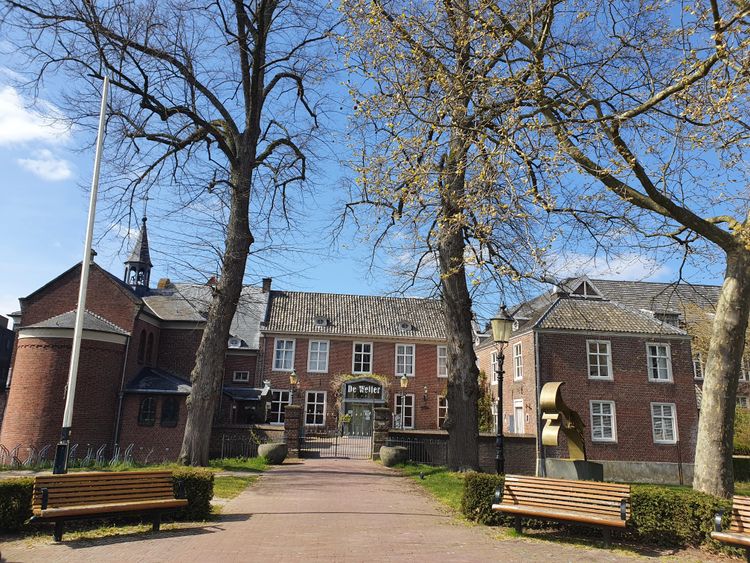
Former monastery De Weijer and Weijerpark
Former monastery De Weijer and Weijerpark
De Raetsingel 1
5831 KC Boxmeer
Protestant church
This church was built in 1822 under the authority of a water works engineer.
Starting point:
Veerstraat 245831 JN Boxmeer

Julie Postel Convent
Julie Postel was a teacher in the fishing village of Barfleur in Normandy who taught children from poor families and took in orphans.
Starting point:
Veerstraat 495831 JM Boxmeer
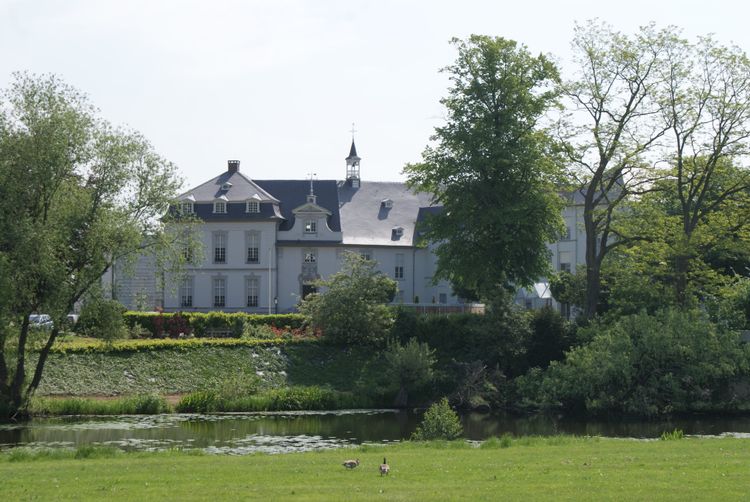
Nepomuk chapel
The Nepomuk chapel dates back to 1737 and was erected to replace the chapel inside the castle.
Starting point:
Veerstraat 515831 JM Boxmeer

Juvenaat
Juvenaat broadly translates to juvenile school. The juvenaat had about sixteen to twenty pupils, known as seminarians.
Starting point:
kerkepad 45831 HS Boxmeer

Elsendael Convent
In 1666 the house Elsendael in Boxmeer was bequeathed with the goal of founding a convent.
Starting point:
Dr. Peelenstraat 65831 EG Boxmeer

Carmelite Monastery Boxmeer
It is thanks to Count Albert of Bergh and Countess Madeleine of Cusance that there is a Carmelite monastery here.
Starting point:
Steenstraat 395831 JA Boxmeer
Navigate to endpoint

Story of the route
Carmelite Monastery Boxmeer
It is thanks to Count Albert of Bergh and Countess Madeleine of Cusance that there is a Carmelite monastery here.
Starting point:
Steenstraat 395831 JA Boxmeer
Navigate to starting point

- Carmelite Monastery Boxmeer
It is thanks to Count Albert of Bergh and Countess Madeleine of Cusance that there is a Carmelite monastery here. After the Peace of Münster (1648), freely practising the Catholic faith was prohibited in the Republic. Boxmeer had different laws, which is why many Catholics came here. The count and countess saw a good opportunity for founding a monastery, a place to take care of these Catholics. The thing that makes the monastery in Boxmeer exceptional are the beautiful stained glass windows, likely designed by Abraham van Diepenbeeck. One of the windows depicts a miraculous scene. The story goes that around 1400 a priest had doubts about his faith, until the day that he saw wine turn into blood during a mass. - Saint Peter's Basilica
Saint Peter Basilica was built after the Second World War, after the previous church was completely destroyed in 1944. The foundations of earlier churches are visible in the crypt, the oldest dating from before 1300. There are also remains of a Gothic brick church, and a neo-Gothic extension dating from 1870. - Titus Brandsma Memorial
Diagonally opposite the basilica you will find Burgemeester Verkuijlstraat with a memorial to one of the most famous Dutch Carmelites: Titus Brandsma. This professor and publicist was a specialist in medieval mysticism, and a mystic himself. He started his Carmel life in Boxmeer. As a socially engaged priest, he took initiatives in the fields of Catholic emancipation, education, and journalism. He was an outspoken opponent of the emerging Nazis. When war broke out, he continued to fight the German occupiers. He was arrested in 1942, and died in concentration camp Dachau. He was beatified in 1985 and is on the way to being declared a saint. The square where the memorial is located is called Titus Brandsma Square. - Former monastery De Weijer and Weijerpark
House De Weijer had a religious function from as early as the fifteenth century, being the house where the local vicar lived. In 1850 friar and teacher Jan de Smit moved in. He turned the building into a boys' boarding school called St. Chrysostomus. This boarding school existed for ten years, until Jan de Smit’s death. At the end of the nineteenth century, the church council bought De Weijer and made the building available to the Sisters of JMJ (Jesus Mary Joseph). The sisters expanded the site over the years. It became a combination of several girls' schools: a kindergarten, a high school, a primary school, and a domestic science college. De Weijer was sold in 1974 to the municipality of Boxmeer. After a thorough renovation, it became a cultural and educational centre. - Protestant church
This church was built in 1822 under the authority of a water works engineer. - Julie Postel Convent
Julie Postel was a teacher in the fishing village of Barfleur in Normandy who taught children from poor families and took in orphans. In 1807 she founded the Poor Daughters of Mercy in Cherbourg. In 1859 the community was recognized as a congregation. The pastor of Boxmeer asked the Congregation to send sisters to assist the sick and dying, and in 1897 they bought the neglected castle of Boxmeer. They made repairs and established a hospital, which was later expanded several times. In 1966 the hospital moved and the castle grounds became home to a nursing facility. The work of the sisters also changed over the years, as they focused more on missionary work. In recent years, the few remaining sisters have chosen to end their congregation in the Netherlands at the place where it all began, in the castle in Boxmeer which now houses residential care centre Sint Anna. The centre is also home to sisters and brothers from other congregations. Unfortunately, the grounds cannot be visited - Nepomuk chapel
The Nepomuk chapel dates back to 1737 and was erected to replace the chapel inside the castle. The Carmelites celebrated mass here, but from 1795 this was no longer allowed. In 1973 the chapel was restored and listed as a national monument. Since 1986 the chapel has been home to the Historical Society Nepomuk Boxmeer. - Juvenaat
Juvenaat broadly translates to juvenile school. The juvenaat had about sixteen to twenty pupils, known as seminarians. Among them were many who, in the eyes of the rector, did not meet the standards of the priesthood, or who for some other reason did not want to become priests but did want to join a monastery. The building was built in the 1950s in the Bossche School style. - Elsendael Convent
In 1666 the house Elsendael in Boxmeer was bequeathed with the goal of founding a convent. The Carmelite nuns arrived in 1672, and after a few years began building their convent. The east wing, the south wing and the chapel were built during this time. In 1720 an extension followed with a north and west wing. The old house was demolished in 1732. The sisters lived in Elsendael for more than three centuries. They left the convent in 1975 and moved to the former novitiate building on Kerkpad road. Later they moved to the convent care house Sint Anna on the Veerstraat. Elsendael was restored in 2001 and given a new purpose.
Carmelite Monastery Boxmeer
It is thanks to Count Albert of Bergh and Countess Madeleine of Cusance that there is a Carmelite monastery here.
Starting point:
Steenstraat 395831 JA Boxmeer
Navigate to endpoint

- 13
- 14
- 69
- 68
- 15
- 10
- 17
- 16
- 13






